What’s the Catch?
Fish are rich in omega-3 fatty acids beneficial to the brain and heart and are excellent sources of protein, vitamins and minerals. Fish is part of my dinner rotation at least once a week.
But did you know eating fish is risky for for our health and for the planet?
Risk to our Health
Contamination can override the nutritional benefits of eating fish. Mercury and man-made chemicals known as PCBs are the primary culprits.
Mercury comes from coal-burning power plants emissions and falls into nearby waterways and fields. Small fish near mercury-laden industrial sites swim away and pass mercury up the food chain.
[su_expanding_quote_book alignment=”left” source_author=”Marion Nestle” source_title=”What to Eat” full_quote=”Because virtually all waterways in the US are heavily contaminated with mercury or other chemical pollutants, the EPA’s (Environmental Protection Agency) safety limits are invariably stricter than those of the FDA. The EPA is responsible for protecting the public’s health against pollutants in air and water. Since toxic contaminants in water get incorporated into fish, the EPA issues advisories about which fish are safe to eat. All fish are contaminated with PCBs, agricultural pesticides, and dioxins from industrial waste and emissions. Although most of these chemicals have been discontinued or banned for years, they persist in the environment and pollute streams, lakes and oceans. All fish have PCBs, but farmed fish have more because farmed fish need proteins and fats to help them grow; they grow better when those nutrients come from fish meal and oils, but these feeds contain high concentrations of PCBs” short_quote=”Virtually all waterways in the US are heavily contaminated with mercury. All fish are contaminated with PCBs, agricultural pesticides, and dioxins from industrial waste and emissions. “]Farmed fish are fed the equivalent of dog food: pellets of fishmeal and fish oil, soy protein, vitamins and minerals. The pellets also contain meat-and-bone meal made from leftover meat, blood and bones of cows, pigs and other animals (the same by-products excluded from “natural” beef because of concerns about mad cow disease). Because the price of farm-raised fish depends on the cost of feed, there’s pressure to use the cheapest ingredients possible. Farmed fish are less active, so they have twice the fat of wild fish. Their omega 3 content depends on what they are fed and varies by species and by farm.
Risk to our Planet
Overfishing is depleting our oceans of sea life. Do we really want to be the generation that exterminates fish from the sea? By some estimates tuna population has declined by 90 percent. And overfishing threatens not just the livelihood of billions of people but their food supply. Without fish we could all face a food crisis. The answer is sustainable management. With smarter fishing rights and management systems, it’s possible to reverse the incentives that cause overfishing. Fishermen’s interests are tied to the long-term health of a fishery. Their income improves along with the fish population. We can make a difference every time we buy fish at the grocery store or order sushi by learning what fish to select and support smart fishing.
[su_expanding_quote_book alignment=”full” source_author=”Marion Nestle” source_title=”What to Eat” full_quote=”Formerly abundant fish are disappearing from the oceans. By some estimates, the biomass of large predatory fish has declined by 90% since the preindustrial fishing area. Most of the world’s fishing zones are considered to be unsustainable, meaning that fish cannot reproduce fast enough to replace the ones that get taken. Some fish are considered endangered—among them certain species of salmon, sturgeon and trout —due to overfishing—too many boats using too efficient methods to catch the too few fish that remain. Fish do not have a chance against modern catching methods. Attempts to protect spawning grounds, to limit catches, or to enforce catching rules run against business and government interests.” short_quote=”Formerly abundant fish are disappearing from the oceans. By some estimates, the biomass of large predatory fish has declined by 90% since the preindustrial fishing area”]So what to do? Choose seafood healthy for us and for our planet.
- Buy only from providers that I know have vetted their fish.
- Use Seafood Guides that identify fish safe to eat (tested for mercury and PCB content) and fish that are sustainable.
For more empowerment:
How to Eat Fish and Still Save the Earth
“It turns out global survival and delicious seafood are possible if we’re smart about what we eat. Here, pre-eminent food writer Mark Bittman teaches you how to hunt for your next great meal.”
Home delivery of sustainable seafood
Seafood Buying Guides
[su_expanding_quote_web alignment=”left” source_site=”Seafood Choices” source_url=”http://seafoodchoices.com” full_quote=”Which wild fish are sustainably harvested? Is it okay to eat tuna? What kind of salmon should I buy? Are there farmed fish that are environmentally responsible choices? Seafood Choices Alliance works with conservation organizations around the world that are working to answer these and other important questions regarding the sustainability of our seafood supply. Click on the links below for further information.” short_quote=”Which wild fish are sustainably harvested? Is it okay to eat tuna? What kind of salmon should I buy? Are there farmed fish that are environmentally responsible choices?”]Seafood Watch: Consumers Guides
Marine Stewardship Council: Fish to Eat

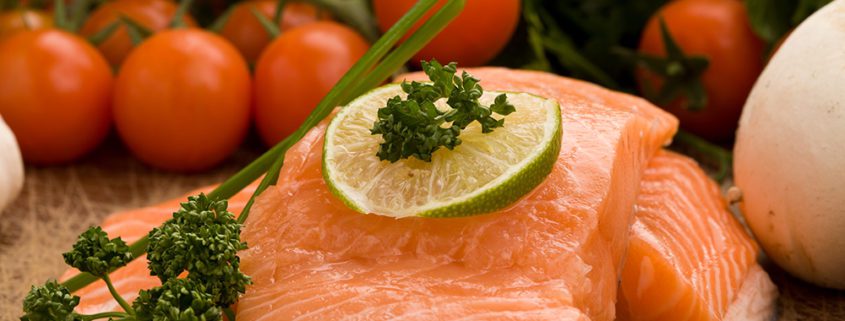
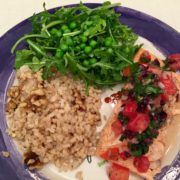
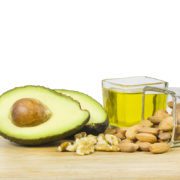
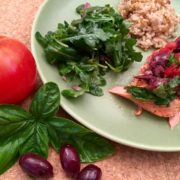
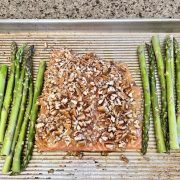
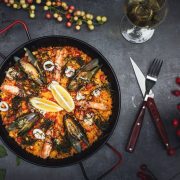



Leave a Reply
Want to join the discussion?Feel free to contribute!